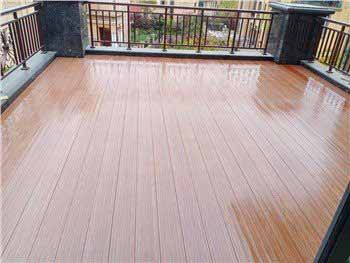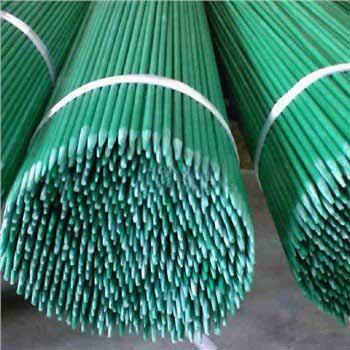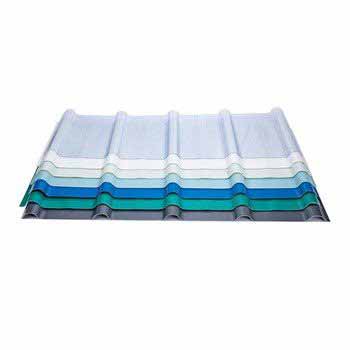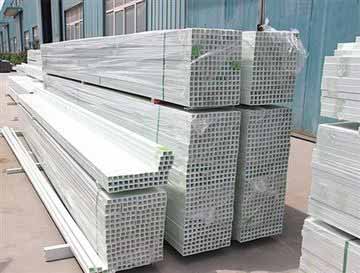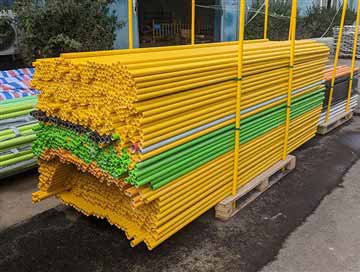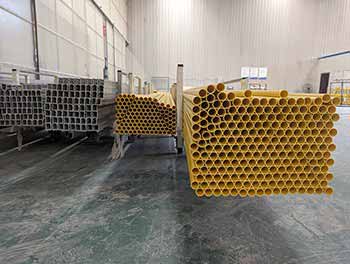In order to meet the needs of consumers, lighting tile manufacturers continue to innovate and improve when producing lighting tiles, and are committed to providing customers with the best quality and performance products. Especially as the demand for environmental protection increases, lighting tiles continue to go. On the road of environmental protection, should it follow certain production index requirements?
The lighting tile is mainly based on the principle of reflection. The lighting tile is mainly designed using the principle of direct light emission. Outdoor direct radiation is reflected by the lighting tiles to the indoor ceiling through the smaller upper window opening, and is scattered and reflected by the ceiling to uniformly illuminate the far away from the window. When the window area remains the same, the place far away from the window is fully illuminated, which improves the uniformity of indoor lighting and improves visual comfort; the upper opening has a small area, although reflected radiation enters, it will not Seriously increase the indoor air-conditioning load; and the outdoor lighting tiles play the role of external shading to a certain extent, which is beneficial to improve the thermal comfort near the windows, and reduce the air-conditioning load and direct glare.
In the production process of materials, it is necessary to be safe and environmentally friendly, neither directly harming nor burying hidden dangers. The nature of the material must be high in safety, and the environment must not be seriously affected during storage, transportation, use, and waste disposal. The destruction endangers our health.
It is required that the life span of materials is relatively long, and the consumption of materials and energy should be minimized, so as not to cause introduction effects on the environment and climate. Lighting tiles are the safest and most environmentally friendly.
The lighting tile is mainly used for direct light, through the direct radiation of the outdoor, the sunlight can be evenly distributed in all corners of the room, which can improve the uniformity of indoor lighting and improve our visual comfort. Outdoor daylighting panels must play a role in shading to a certain extent, which can improve the thermal effect near windows, reduce air conditioning load and direct glare, reduce direct sunlight to us, and protect our health.



